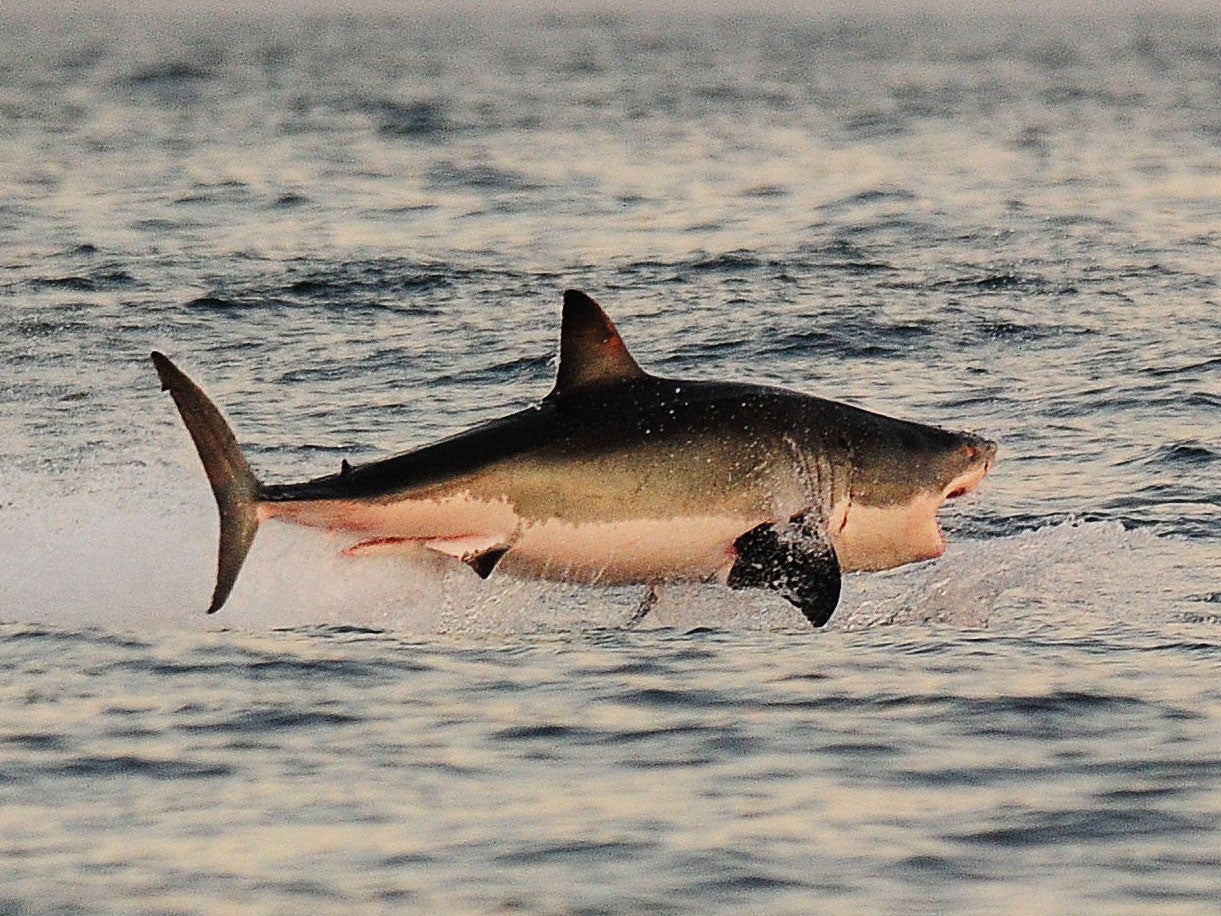Death metal music attracts sharks, documentary crew finds out
The low, rumbling frequencies of death metal mimic the sounds of struggling fish

Your support helps us to tell the story
From reproductive rights to climate change to Big Tech, The Independent is on the ground when the story is developing. Whether it's investigating the financials of Elon Musk's pro-Trump PAC or producing our latest documentary, 'The A Word', which shines a light on the American women fighting for reproductive rights, we know how important it is to parse out the facts from the messaging.
At such a critical moment in US history, we need reporters on the ground. Your donation allows us to keep sending journalists to speak to both sides of the story.
The Independent is trusted by Americans across the entire political spectrum. And unlike many other quality news outlets, we choose not to lock Americans out of our reporting and analysis with paywalls. We believe quality journalism should be available to everyone, paid for by those who can afford it.
Your support makes all the difference.A documentary film crew hit upon a novel technique to attract great white sharks - blasting death metal through an underwater speaker.
The Discovery Channel crew, filming for the Shark Week show Bride of Jaws, were on the hunt for a large great white, wonderfully nicknamed 'Joan of Shark'.
Desperate to feature the 16-foot, 1.6 tonne shark in their documentary, they submerged a speaker to see if the shark would react. Unfortunately they didn't manage to attract Joan, but did catch the attention of two others, one of which was 12 feet long.
Sharks 'hear' by picking up vibrations from receptors on their bodies, meaning they can be attracted to the low-frequency vibrations of heavy music, which apparently sounds like struggling fish.
It's an odd tactic, but one that's apparently well-known by shark hunters. Matt Walller, a shark tour operator in Australia, found out that AC/DC records caused sharks to change their behaviour.
When he played the tunes from underwater speakers, the sharks swam straight up to his boat, brushing their heads against the submerged diving cage.
Other than being a boon for metal fans on shark tours, using music, instead of bait, could be more environmentally friendly.
Filmmakers and shark-spotters usually use chum, a mix of fish parts, bones and blood, to attract sharks. By reducing the amount of chum they give to the sharks, humans will be able to reduce their impact on the shark's natural behaviour.
And concerns that luring sharks with bait can draw them closer to human occupied shores means Pine Knoll Shores, a town on the coast of North Carolina, is currently debating whether to ban the practice, due to eight people already being bitten by sharks in the area this summer.
If the practice of attracting sharks with death metal spreads, record labels could find a lucrative new niche market.
Join our commenting forum
Join thought-provoking conversations, follow other Independent readers and see their replies
Comments